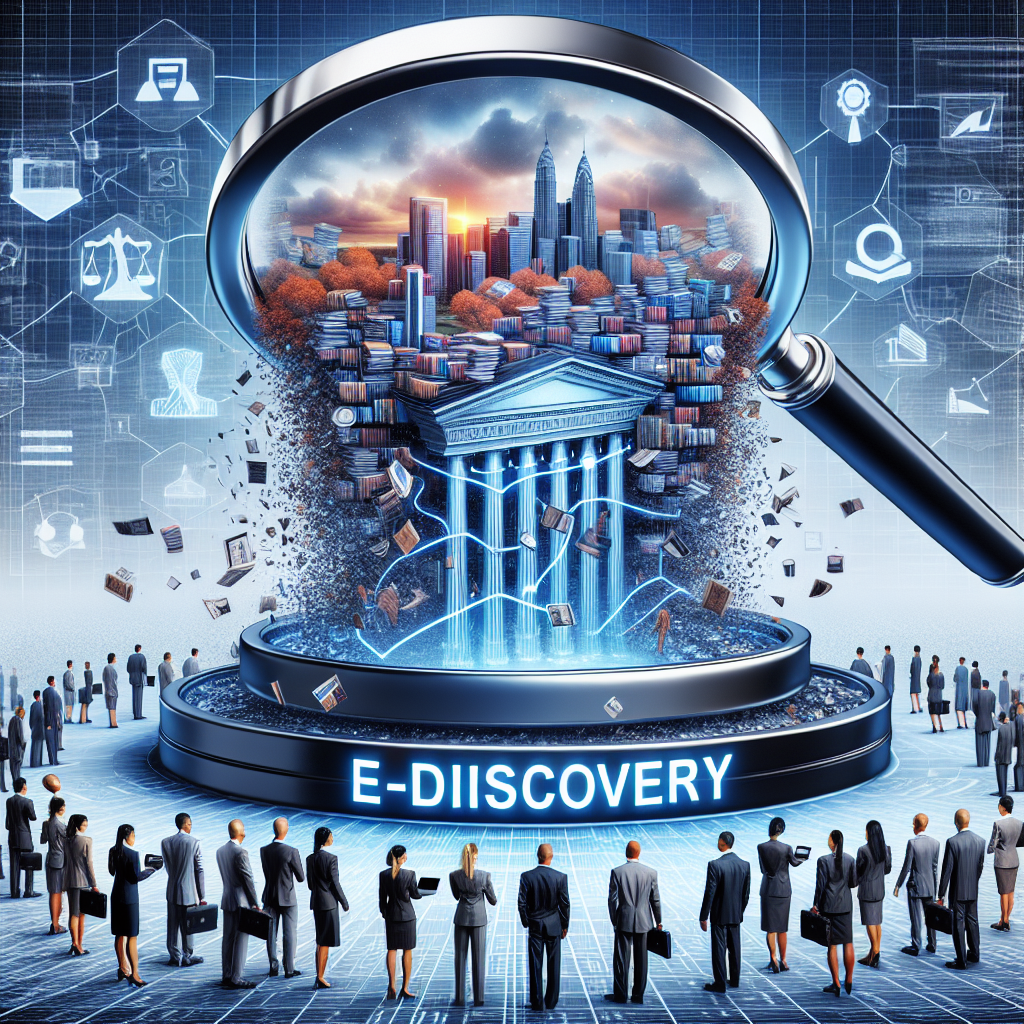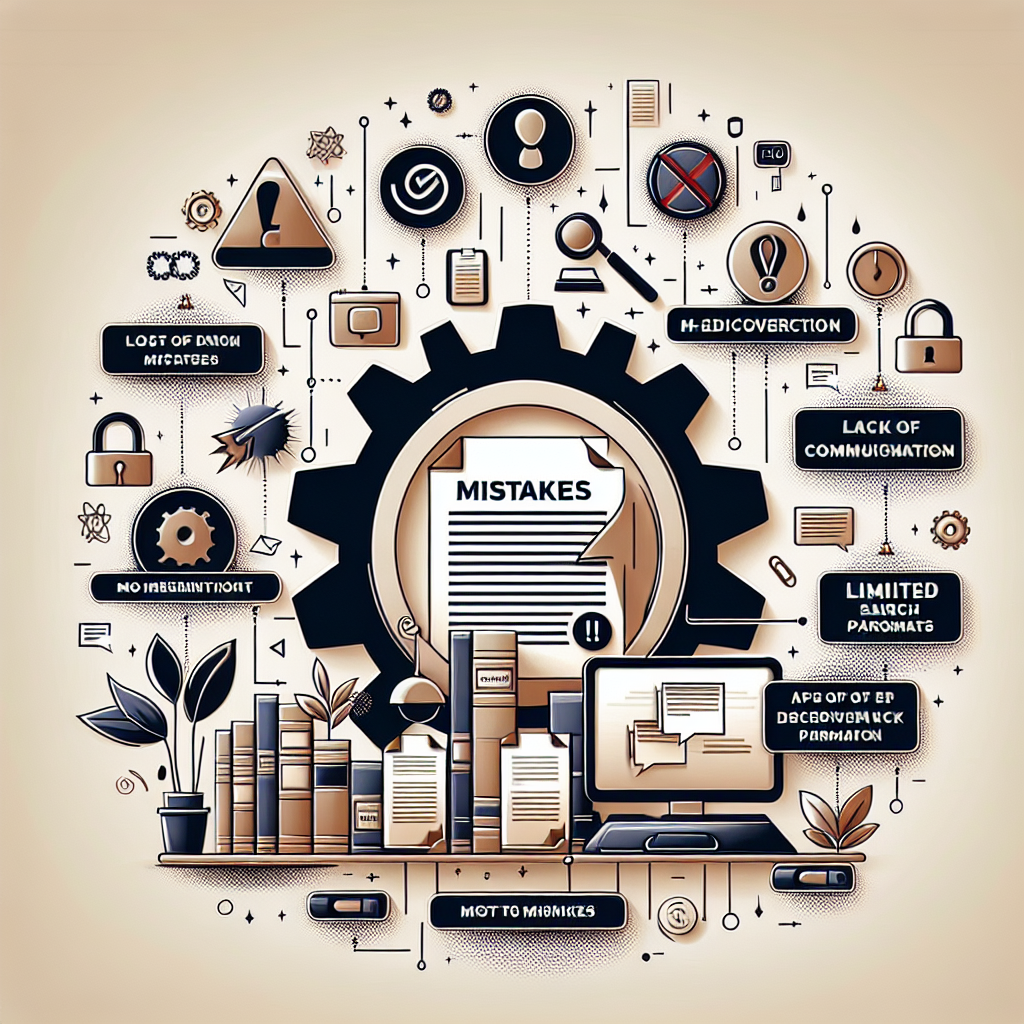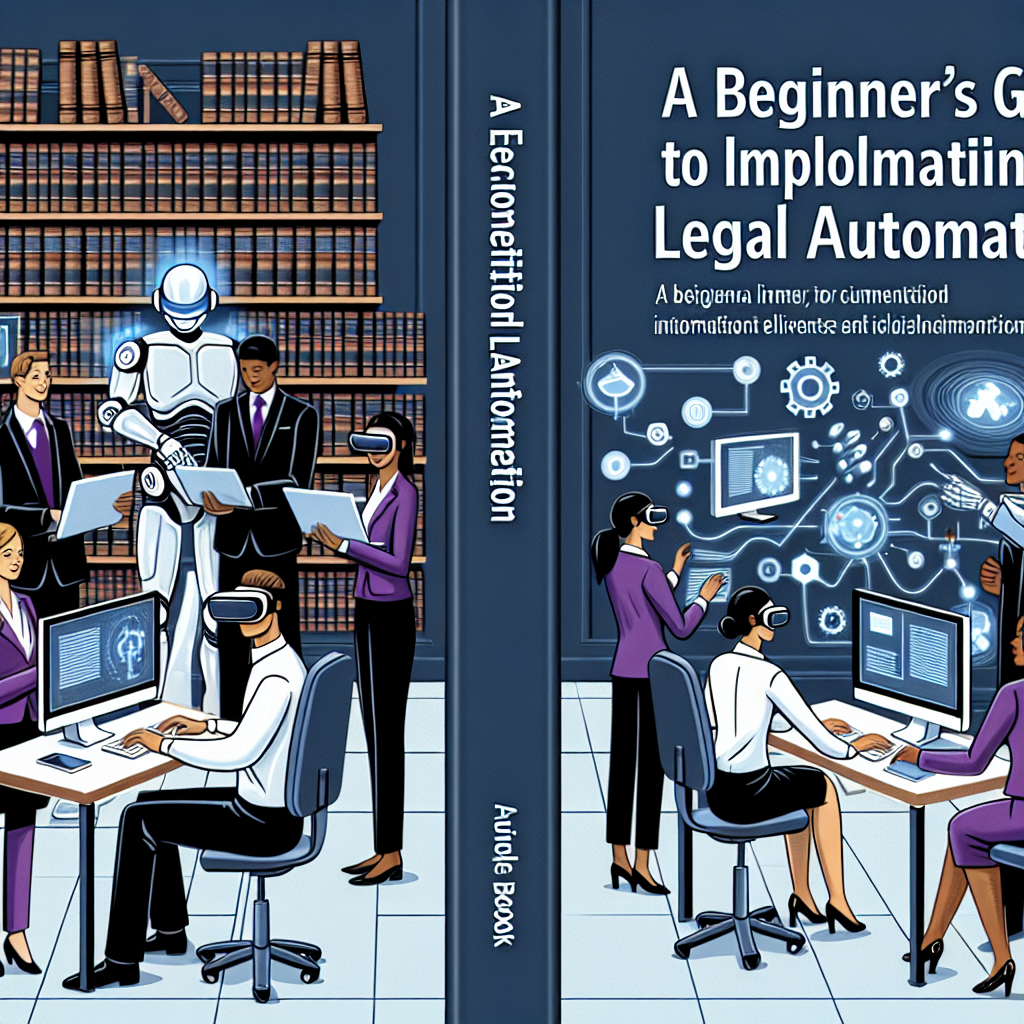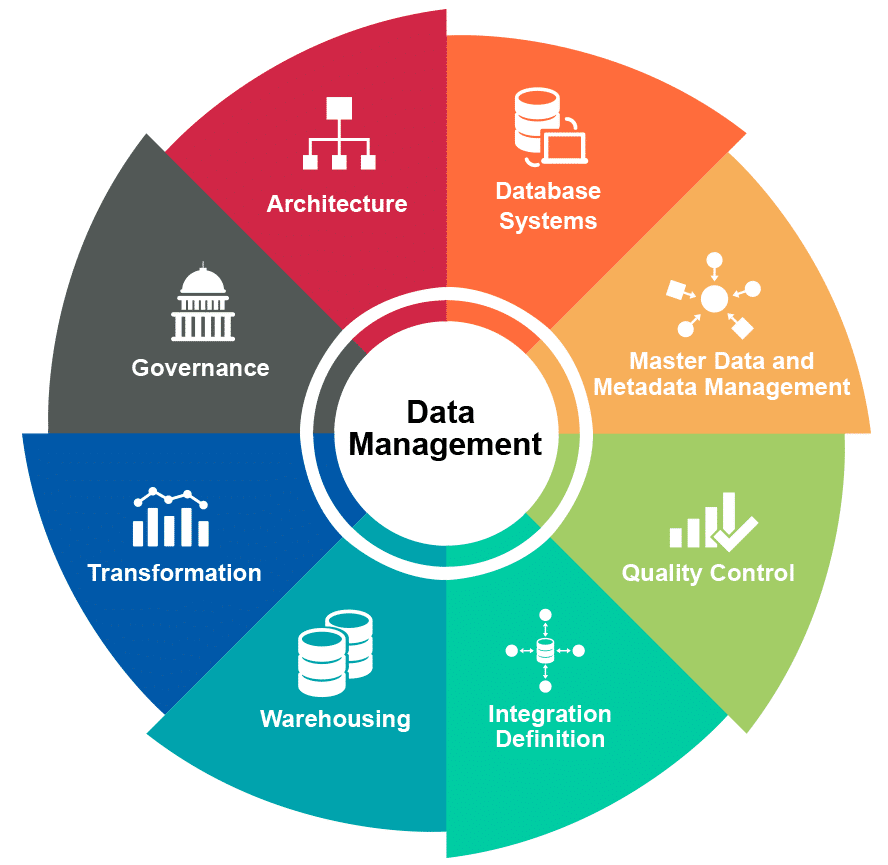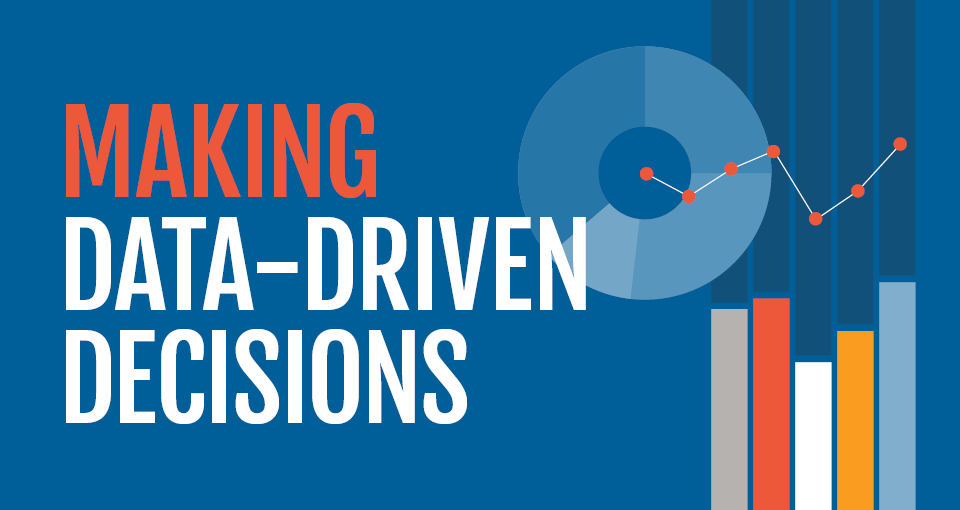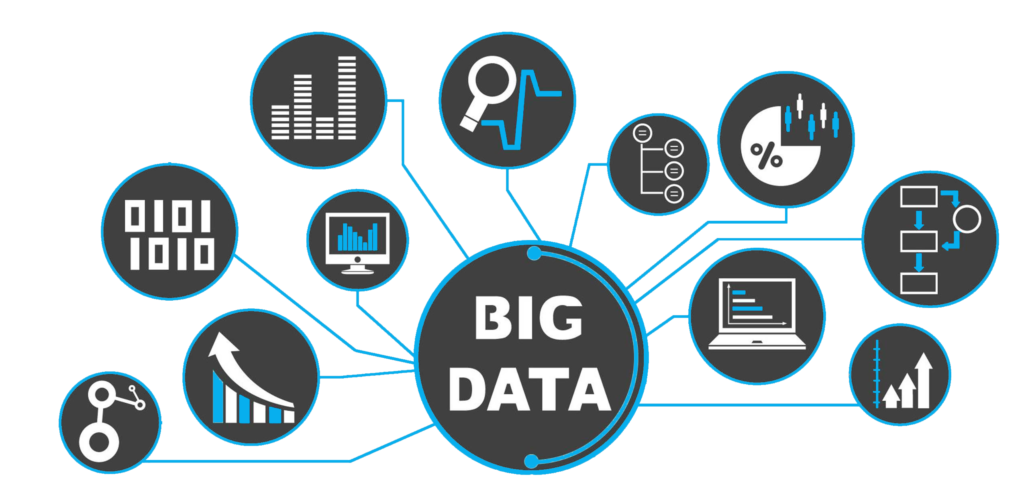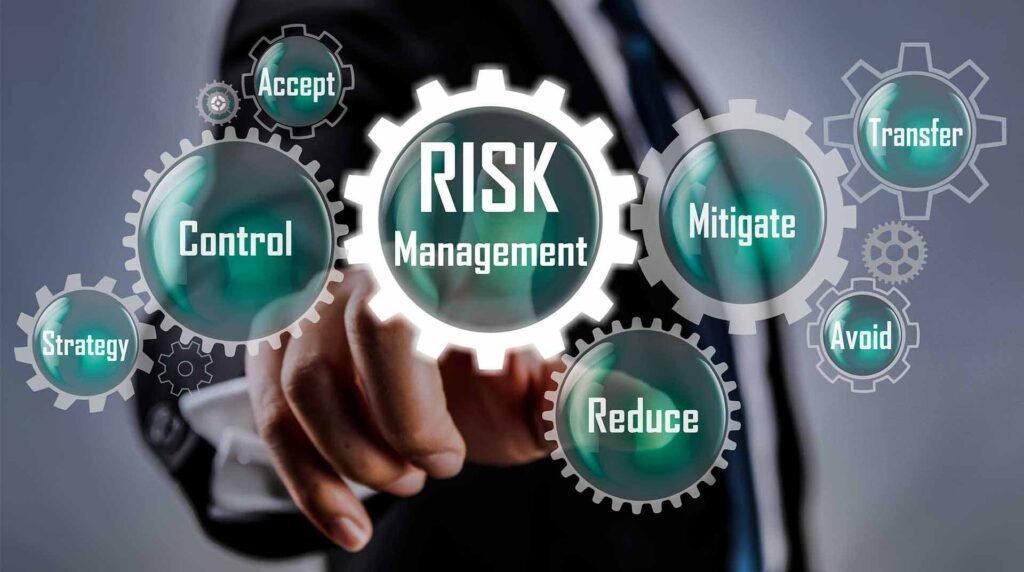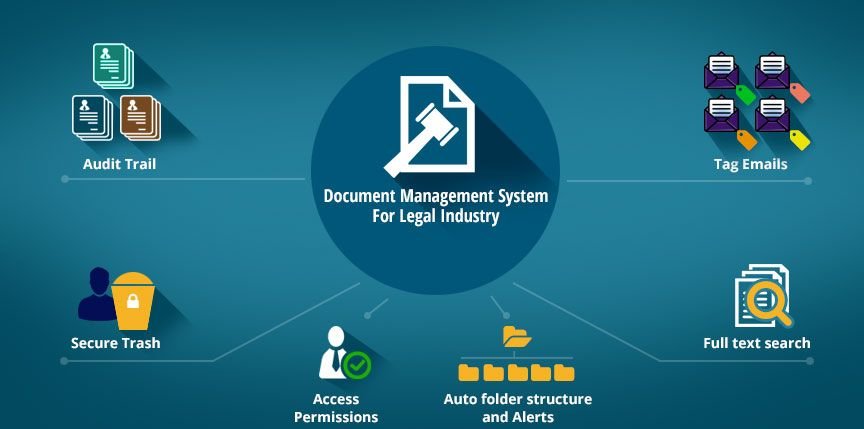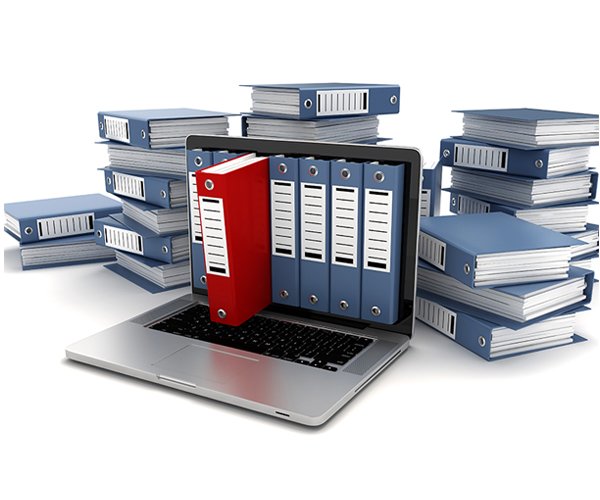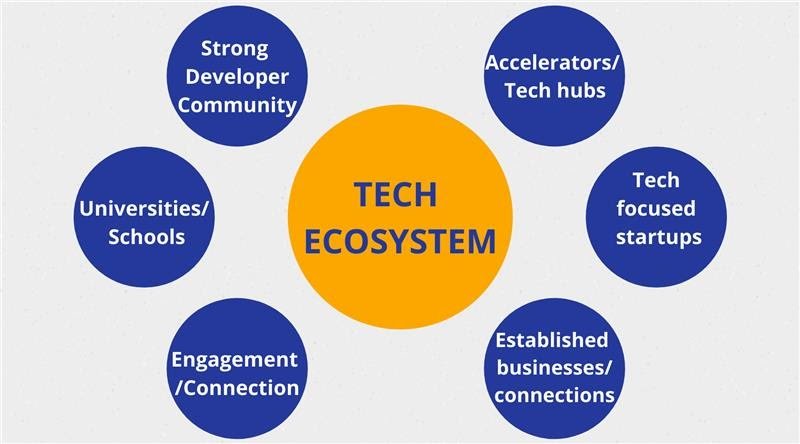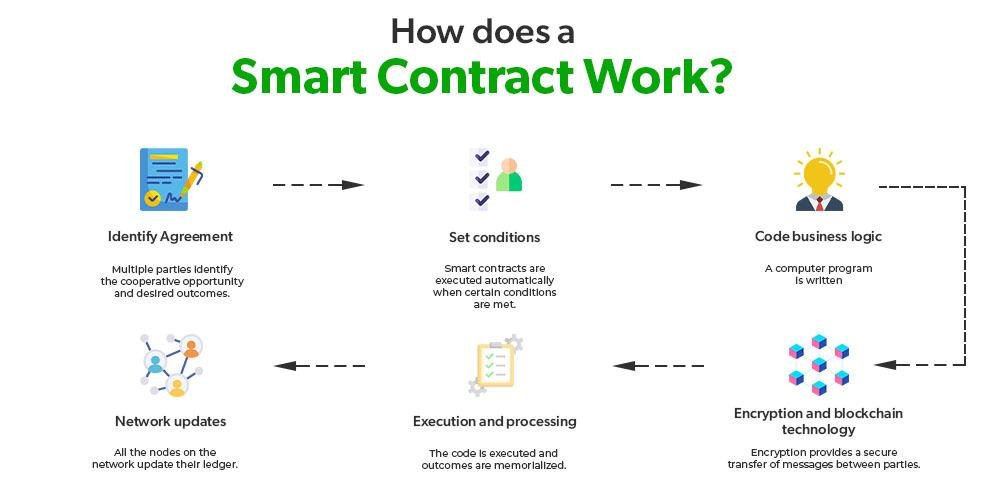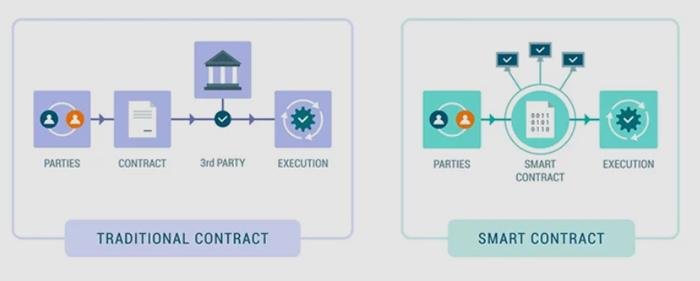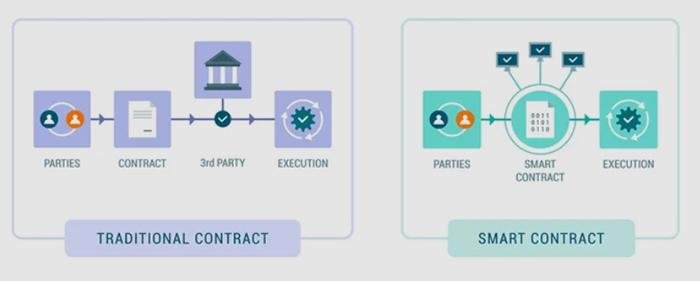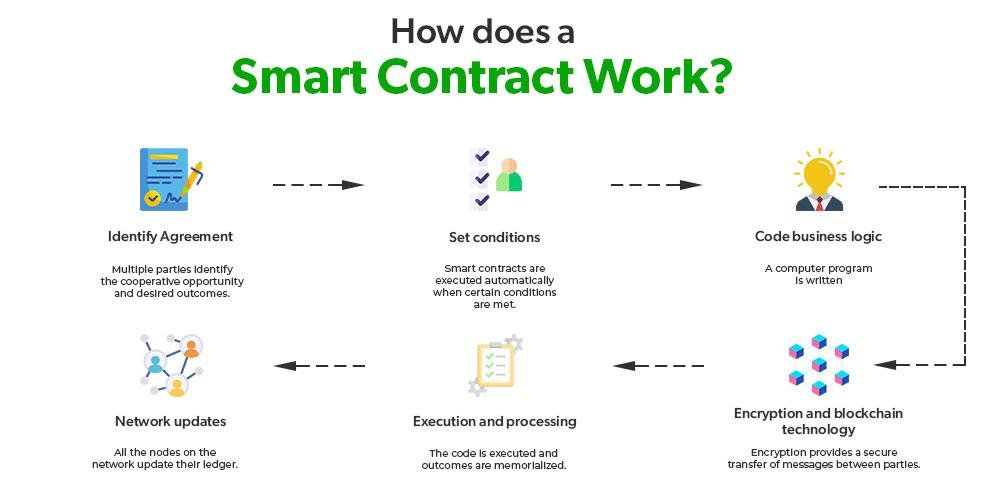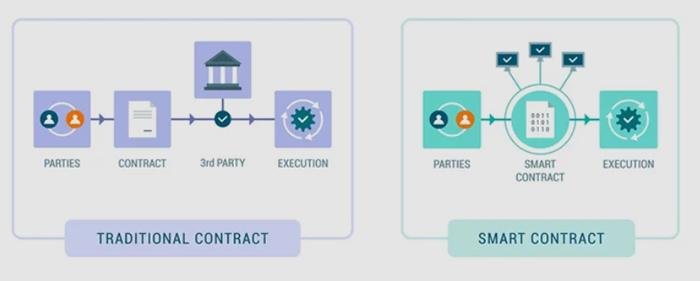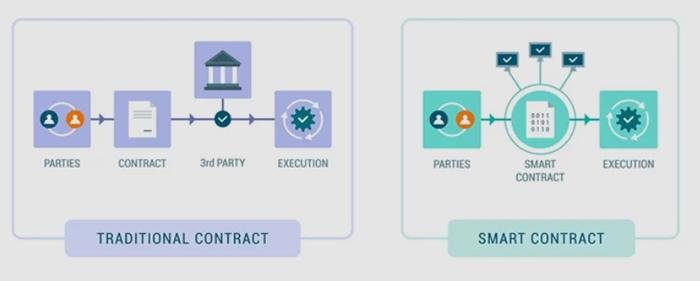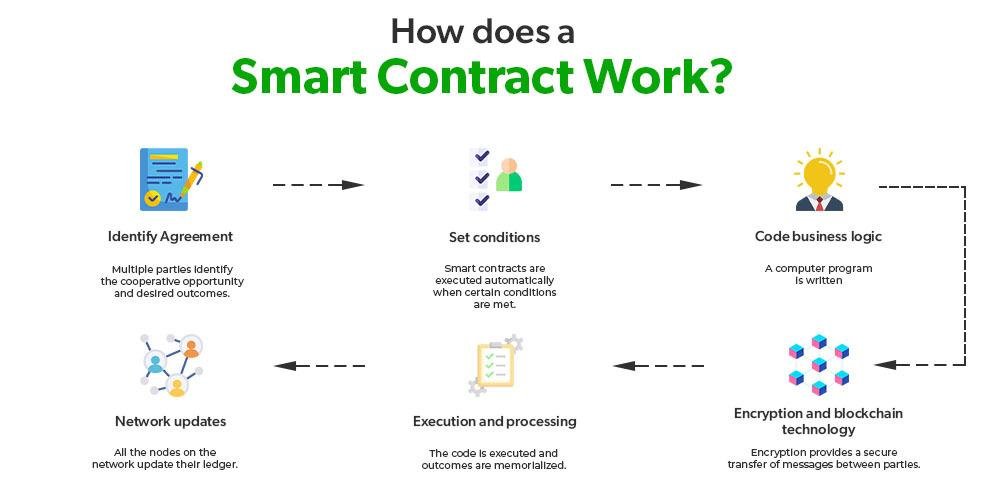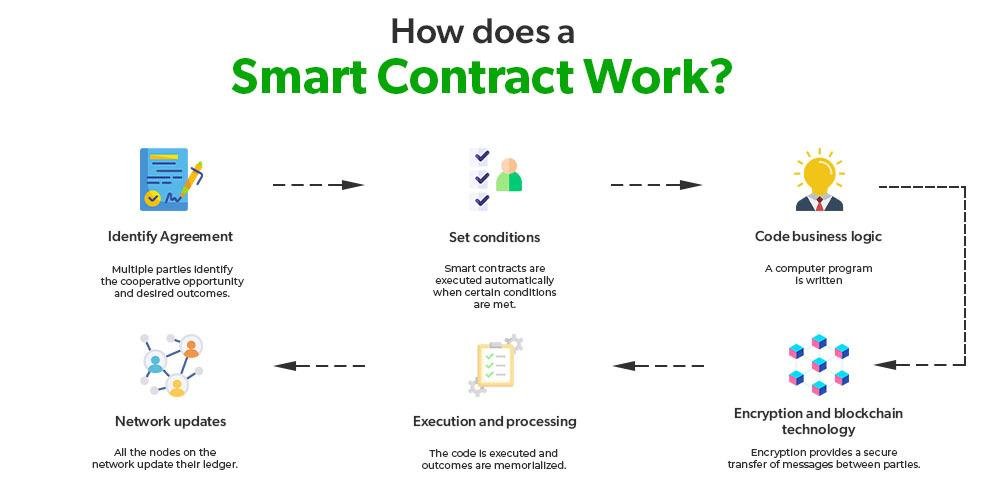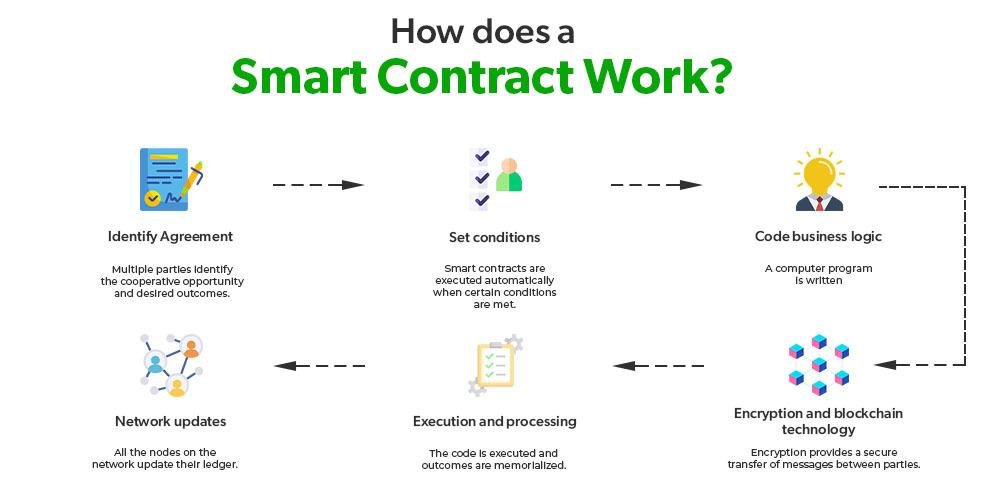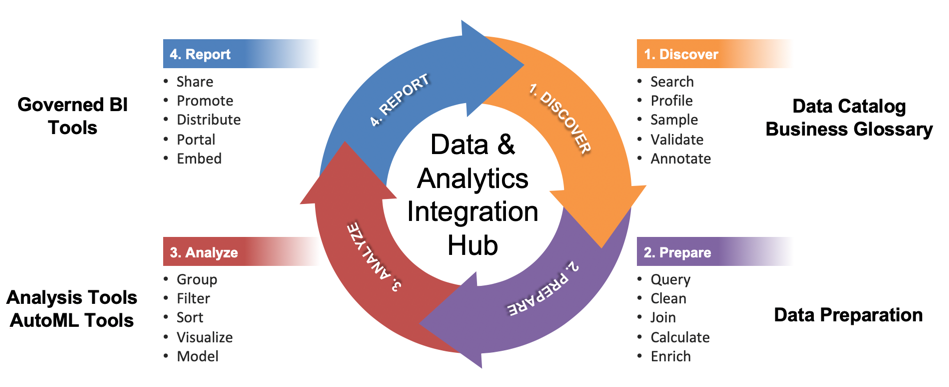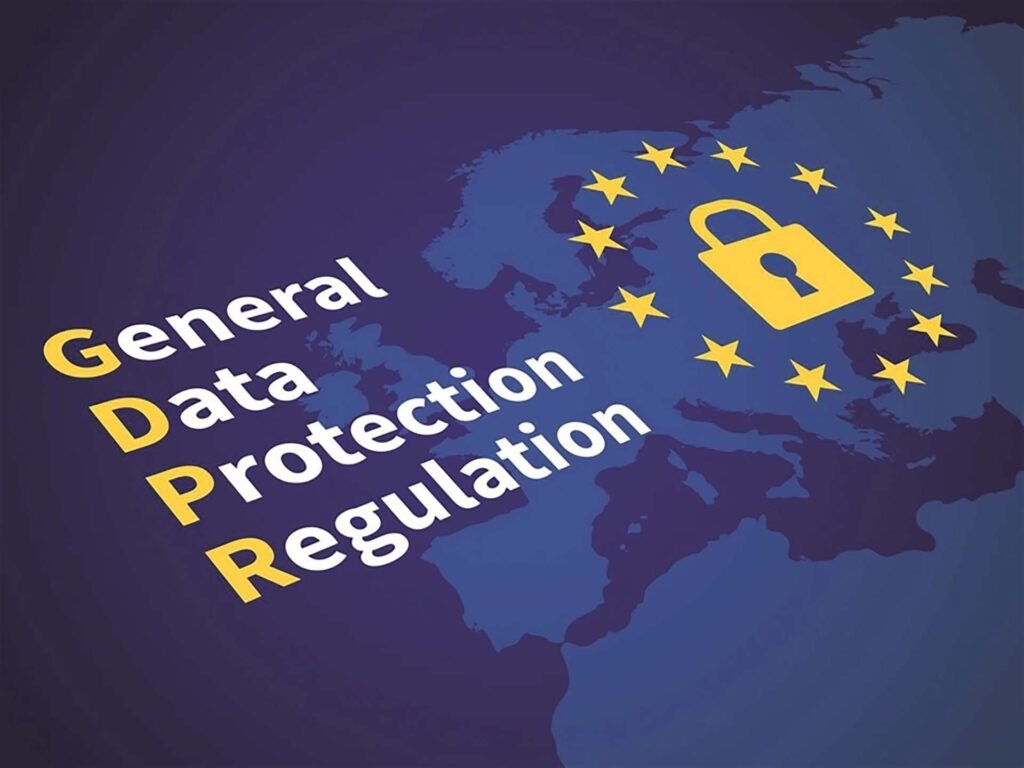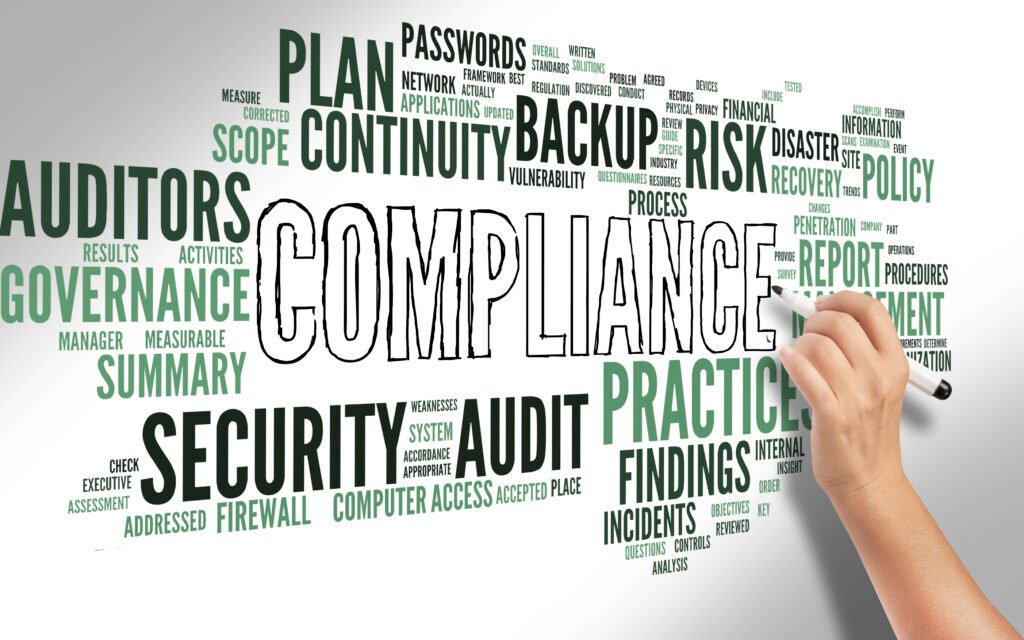How Law Firms Can Benefit from E-Discovery Tools

Introduction
In the rapidly evolving landscape of legal practice, law firms are increasingly turning to technology to enhance their efficiency and effectiveness. One of the most transformative advancements in this realm is the adoption of e-discovery tools. E-discovery, or electronic discovery, refers to the process of identifying, collecting, and producing electronically stored information (ESI) for legal proceedings. As the volume of digital data continues to grow exponentially, traditional methods of managing discovery have become inadequate. E-discovery tools offer a sophisticated solution, enabling law firms to streamline their workflows, reduce costs, and improve accuracy in handling large volumes of data. By leveraging these tools, law firms can not only enhance their ability to manage complex cases but also gain a competitive edge in delivering timely and precise legal services.
Enhancing Efficiency in Document Review with E-Discovery Tools
E-discovery tools are transforming how law firms handle document review, making the process faster, more accurate, and cost-effective. Here’s how:
- Faster Document Review:
- Time-Saving: E-discovery tools automate the review of large amounts of electronic data (emails, documents, etc.).
- Less Manual Work: These tools reduce the need for lawyers to spend hours sifting through paper or digital documents manually.
- Improved Accuracy:
- Identifying Key Documents: E-discovery tools use advanced algorithms to quickly find relevant documents and flag issues.
- Data Analytics: They can also detect patterns, track communication threads, and find anomalies that might go unnoticed manually.
- Cost Savings:
- Reduced Labor Costs: By automating much of the review process, law firms need fewer people to do the work, saving money.
- Avoiding Errors: Automation helps minimize the risk of costly mistakes that could lead to legal challenges or settlement issues.
- Enhanced Collaboration:
- Cloud-Based Access: Many e-discovery tools are cloud-based, allowing teams to work from anywhere and share documents and insights easily.
- Global Collaboration: This is especially useful for teams spread across different locations or time zones.
- Better Strategic Focus:
- More Time for Legal Expertise: With automation handling routine tasks, lawyers can focus on more important, strategic aspects of case preparation.
- Stronger Cases: Faster, more thorough document review leads to better-prepared legal arguments, improving the chances of success.
You May Also Like: The Future of E-Discovery in a Data-Driven World
Reducing Litigation Costs with E-Discovery Tools
E-discovery tools are helping law firms cut litigation costs while maintaining quality and efficiency. Here’s how:
- Streamlining Document Review:
- Automation: E-discovery tools automate the sorting, categorizing, and analyzing of large amounts of data, speeding up the document review process.
- Cost Savings: Less time spent on manual review means lower labor costs for law firms.
- Accuracy: Advanced algorithms reduce human error and ensure relevant documents are not overlooked.
- Better Resource Allocation:
- Efficient Use of Resources: By reducing time spent on discovery, firms can focus more on critical tasks like case strategy and client engagement.
- Increased Productivity: More efficient processes help law firms optimize their staff and improve overall productivity.
- Scalability for Large Cases:
- Handling Multiple Cases: E-discovery tools easily scale to manage large volumes of data, making them ideal for firms with multiple cases.
- Cost-Effective: They allow smaller firms to compete with larger ones without increasing costs, leveling the playing field.
- Enhanced Collaboration:
- Cloud-Based Platforms: E-discovery tools enable team members to access and share data from anywhere, improving communication and coordination.
- Cost Reduction: This reduces the need for in-person meetings and travel, lowering overhead costs.
- Ensuring Compliance:
- Avoiding Penalties: Automated processes ensure that all data is properly captured and preserved according to legal standards.
- Audit Trails: E-discovery tools provide a secure audit trail, reducing the risk of compliance issues that could result in expensive penalties.
Improving Accuracy and Compliance with E-Discovery Tools
- Enhanced Accuracy:
- E-discovery tools reduce human error by automating the review process with advanced algorithms.
- They ensure no critical evidence is missed, speeding up data analysis and allowing more time for strategy.
- Ensures Compliance:
- These tools automatically track the chain of custody for evidence, keeping it admissible in court.
- They help law firms comply with data protection laws like GDPR and CCPA by securing sensitive data.
- Improved Collaboration:
- Real-time sharing, annotation, and progress tracking foster better teamwork and strategy alignment.
- Cost Savings:
- Automation cuts labor costs, and compliance features help avoid costly penalties from mishandling data.
Streamlining Case Management with E-Discovery Tools
- Improved Efficiency:
- E-discovery tools quickly process large amounts of data, reducing the time spent sifting through paper documents.
- Legal teams can meet tight deadlines and respond faster to client needs.
- Enhanced Accuracy:
- Advanced algorithms and machine learning help identify important patterns and connections in the data.
- This ensures crucial evidence is not missed, leading to stronger case strategies.
- Cost Savings:
- Automating document review and reducing physical storage lowers operational costs.
- Minimizing the risk of overlooked evidence prevents costly legal disputes.
- Better Collaboration:
- Cloud-based platforms allow team members to access and review documents from anywhere.
- This facilitates seamless communication, even in remote or dispersed teams.
- Improved Compliance & Risk Management:
- E-discovery tools have security features like encryption to protect sensitive data.
- They help firms comply with legal standards and provide audit trails, reducing the risk of data breaches and penalties.
Accelerating the Discovery Process with E-Discovery Tools
- Faster Document Review:
- Traditional discovery involved manual review of paper documents, which was slow and error-prone.
- E-discovery tools use advanced algorithms and machine learning to quickly identify relevant documents from large data sets, speeding up the process.
- Increased Accuracy:
- E-discovery tools can search for specific keywords, phrases, and patterns in documents, ensuring important details aren’t missed.
- Features like predictive coding and data deduplication help eliminate irrelevant or duplicate information, making the review process more precise.
- Better Collaboration:
- Cloud-based platforms allow team members to access and review documents at the same time, regardless of their location.
- This enables seamless communication and ensures all team members are aligned, improving workflow and efficiency.
- Cost Savings:
- Traditional discovery processes involved expensive tasks like document storage, printing, and manual labor.
- E-discovery tools reduce physical resources and labor costs, leading to shorter case durations and lower legal fees for clients.
Conclusion
E-discovery tools offer significant advantages to law firms by streamlining the process of managing and analyzing large volumes of electronic data. These tools enhance efficiency by automating the identification, collection, and review of relevant documents, thereby reducing the time and labor traditionally required for discovery. They also improve accuracy and consistency in document review, minimizing the risk of human error. Additionally, e-discovery tools facilitate better collaboration among legal teams and clients through centralized data access and management. By leveraging advanced analytics and machine learning, these tools can uncover critical insights and patterns that might otherwise be overlooked. Ultimately, e-discovery tools enable law firms to provide more cost-effective and timely services to their clients, enhancing their competitive edge in the legal market.























































































































































































































































